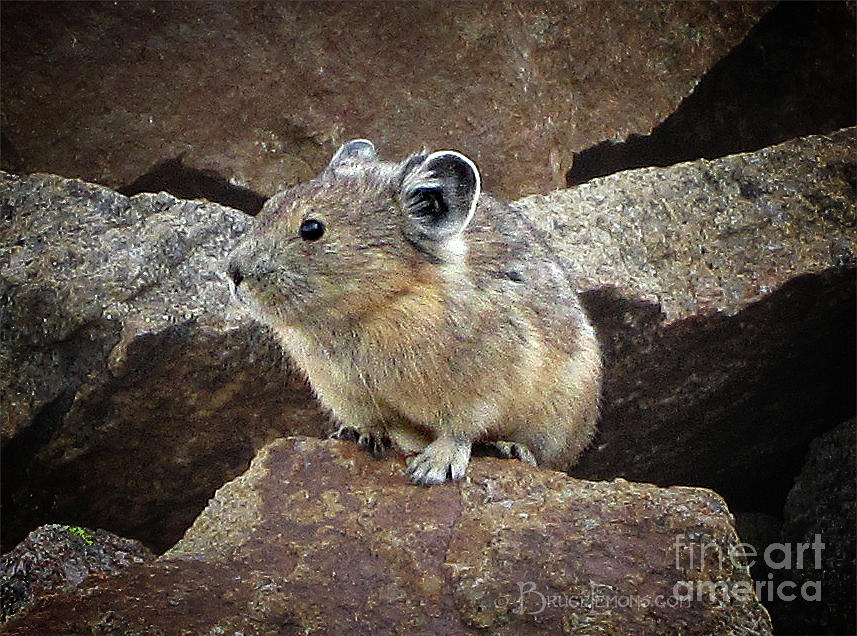

Gathering data from Montana will fill in data gaps needed for the Northern Rockies.

Similar projects throughout the Rocky Mountains are providing crucial data on pika habitat and distribution to researchers that will help guide conservation efforts in the future. Only a limited amount of training is required to have volunteers ready to participate in scientific research and assure that quality data are collected.

Pikas are an ideal species to engage the public in citizen science, they are charismatic, easy to identify, amenable to being watched and are found in spectacular alpine settings. Locations are then mapped and the information catalogued to provide a simple yet biologically relevant data base to be used by researchers and agency personnel. Accurate locations can be gathered with the use of a handheld GPS, smart phone application (app) or using Google earth. The program was modeled after the very successful Teton Science Schools pika project survey which began in 2009. The Montana Pika survey began in 2010, its goal was to engage citizens to provide GPS locations of pikas in Montana by filling out a simple pika survey and collecting spatial data on pikas in the field. Evidence suggests that increased temperatures and a changing climate are to blame. Populations are being extirpated in the United States’ Great Basin of Nevada, and in the Tian Shan mountains of China. These denizens of high alpine environments are already feeling the heat. Therefore they serve as excellent indicators of a changing climate. Pikas are highly sensitive to warm temperatures and are physiologically unable to survive if the temperature exceeds a certain threshold. One species that is threatened by climate change is the pika (Family Ochotonidae). Species will either adapt by migrating latitudinal or altitudinal within their ranges, finding microclimate refugia that are buffered from extremes, or perish. Plant and wildlife species on the other hand will be limited in their ability to withstand climate change. As humans, we will be able to mitigate some of the climate challenges through migration, innovative technologies and change in political policies. The most notable changes will be felt at high latitudes and at the poles. In Montana pikas typically range between 5,500-10,500 feet in elevation and inhabit rocky talus or boulder fields throughout the western part of the state.Įffects of Climate Change on Pika PopulationsĬlimate change and its effects on all species may be one of the most difficult challenges to be faced in the twenty-first century. They store large “haypiles” or stores of vegetation in the late summer and fall that they cache and will utilize all winter long. Pikas do not hibernate and remain active all winter long. In these areas the temperatures tend to be much higher and pikas must adjust their foraging behaviors to cooler times of the day and utilize the cool microclimates for longer periods of time. Pikas can also inhabit non-alpine environments at lower elevations that include lava fields and mining areas. To stay cool, pikas will stay in rock crevices or under large boulders until the ambient temperature cools.

They are extremely well adapted to montane environments, but are sensitive to climatic extremes and temperatures above 80oF can be lethal to pikas in as little as six to eight hours. Pikas are distributed throughout the western United States and are found mainly in moist subalpine and alpine habitats that are dominated by talus slopes. Pikas are plant generalists but habitat specialists in that they require cool microclimates to regulate their body temperature. The American pika ( Ochotona princeps) is the smallest member in the rabbit family that includes rabbits and hares.


 0 kommentar(er)
0 kommentar(er)
